 Spring Awakening, music by Duncan Sheik, book and lyrics by Steven Sater, The F.U.D.G,E Theatre Company, Black Box Theater at the Arsenal Center for the Arts, 11/4/11-11/12/11, http://www.fudgetheatre.com/. Adult Themes and Language.
Spring Awakening, music by Duncan Sheik, book and lyrics by Steven Sater, The F.U.D.G,E Theatre Company, Black Box Theater at the Arsenal Center for the Arts, 11/4/11-11/12/11, http://www.fudgetheatre.com/. Adult Themes and Language.
Reviewed by Gillian Daniels
(Watertown, MA) Spring Awakening is not a show I would recommend; instead, it is a show I would require audiences to see. Despite the early-20th century backdrop of Germany, the pop-rock musical is a thinly veiled indictment of contemporary repression of teenage sexuality. Members of the cast occasionally wear anachronistic clothing: goggles, fingerless gloves, and sneakers. If not for the pervasive nature of the Internet in our modern times and the sometimes salacious information it provides, the play would be perfectly suited for a contemporary adaptation in Middle America.
Instead, we follow our main character, Melchior Gabor, passionately played by Jared Walsh, as he deals with the puberty, lust, and lack of information plaguing his age group. The adults in his community, varied roles all played fantastically by Linda Goetz and Jim Fitzpatrick, refuse to give their children and charges any information that would make their transitions into adulthood easier. Continue reading →
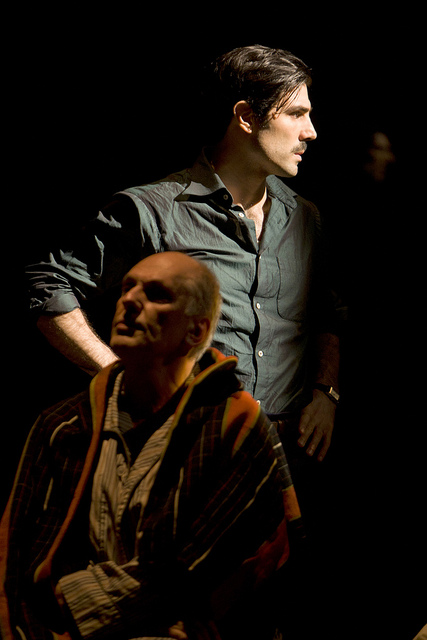
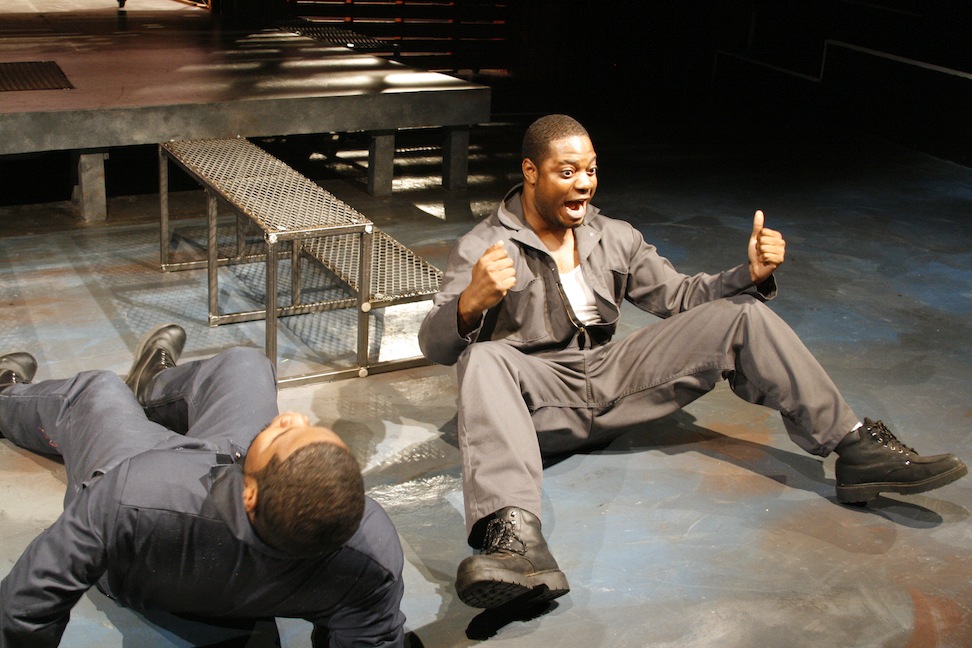

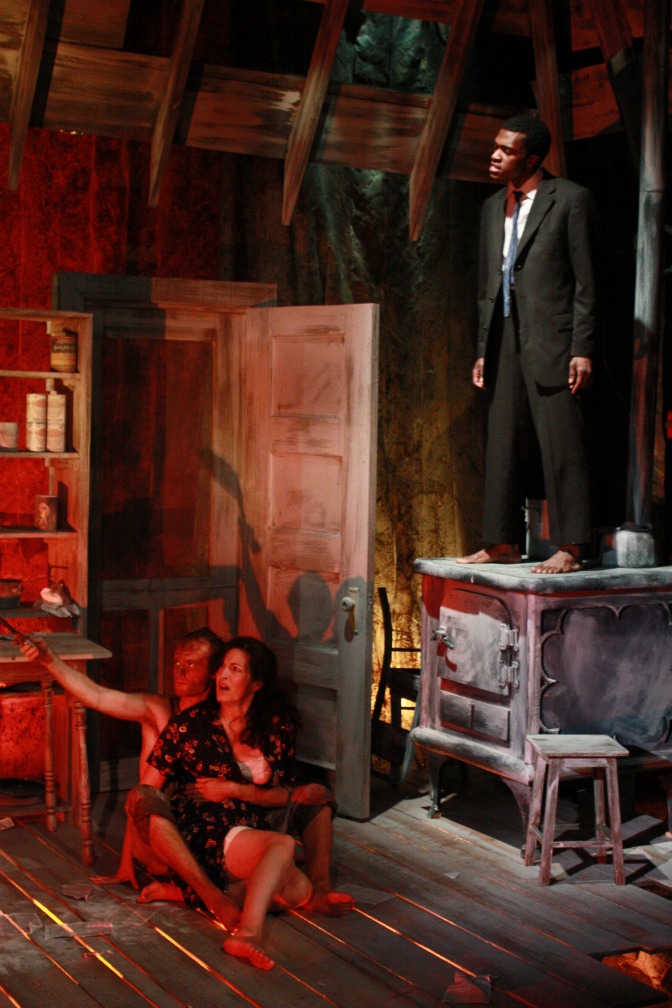

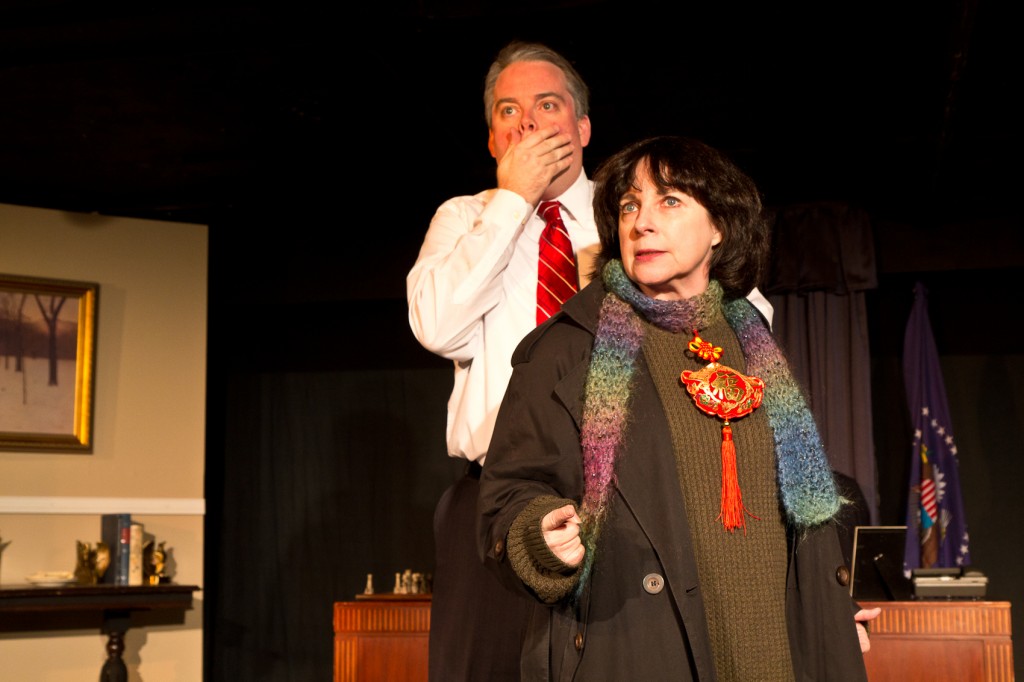
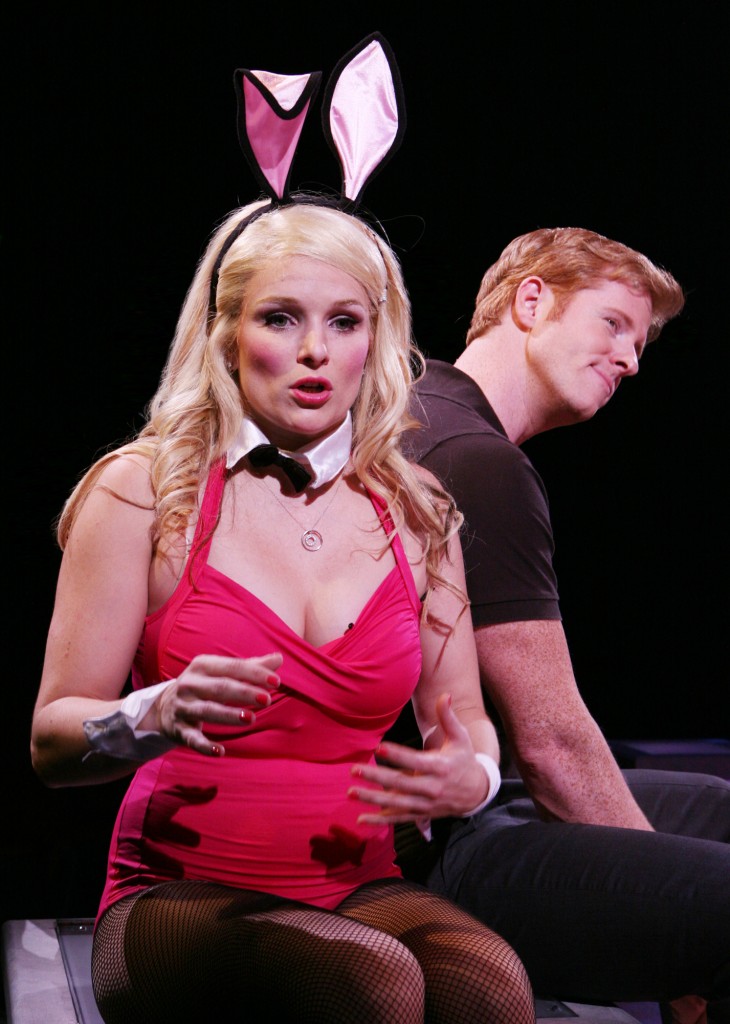
 Spring Awakening, music by Duncan Sheik, book and lyrics by Steven Sater,
Spring Awakening, music by Duncan Sheik, book and lyrics by Steven Sater, 
